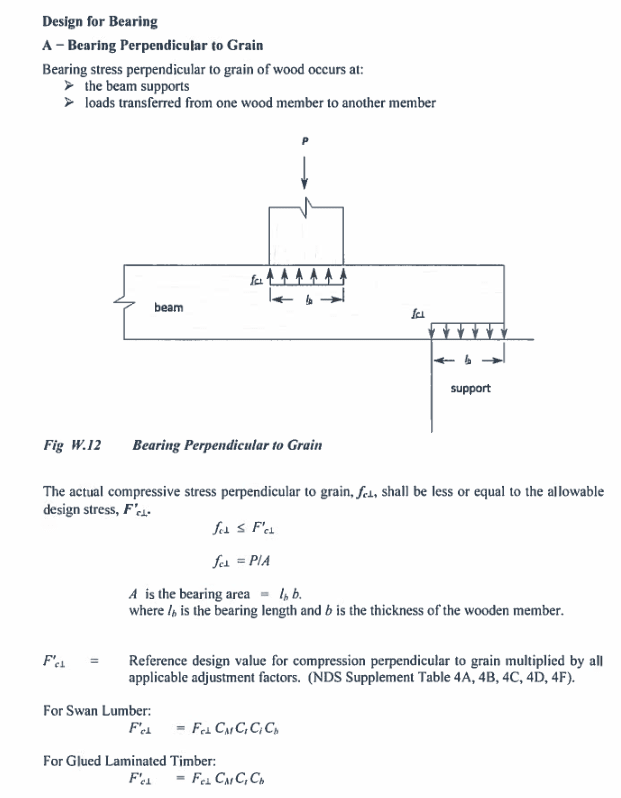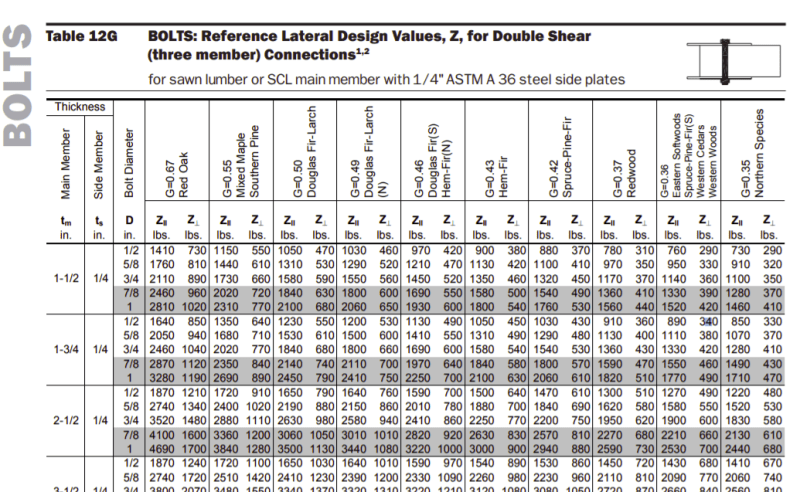Aleeeex
Civil/Environmental
- Aug 14, 2020
- 42
Hi guys,
I am working on a small project of extending a home. The extension consists of steel columns and timber beams which is uncommon to me. One issue is the timber beam will span over a steel column using a column cap plate and it will be cantilevering for 1 meter. You can see my analysis below.
The column cap plate is 12mm and it will be welded all around to column and bolted to the beam with 4no. M16 bolts.
Can anyone explain how to check the connection?
In terms of Column's cap plate capacity. If there is any worked example.
Your input is much appreciated.
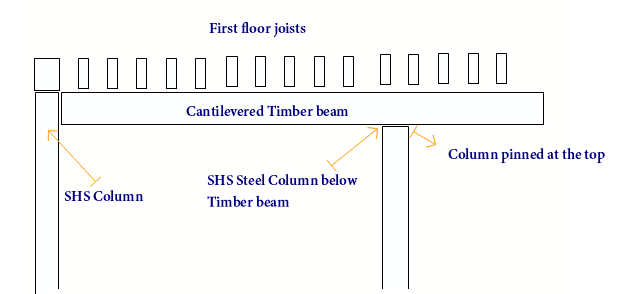
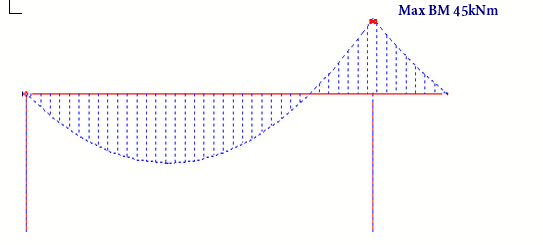
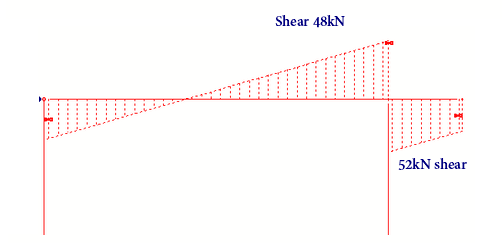
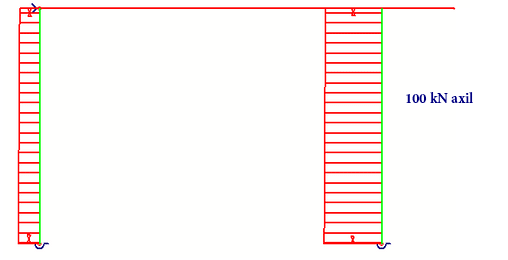

I am working on a small project of extending a home. The extension consists of steel columns and timber beams which is uncommon to me. One issue is the timber beam will span over a steel column using a column cap plate and it will be cantilevering for 1 meter. You can see my analysis below.
The column cap plate is 12mm and it will be welded all around to column and bolted to the beam with 4no. M16 bolts.
Can anyone explain how to check the connection?
In terms of Column's cap plate capacity. If there is any worked example.
Your input is much appreciated.






